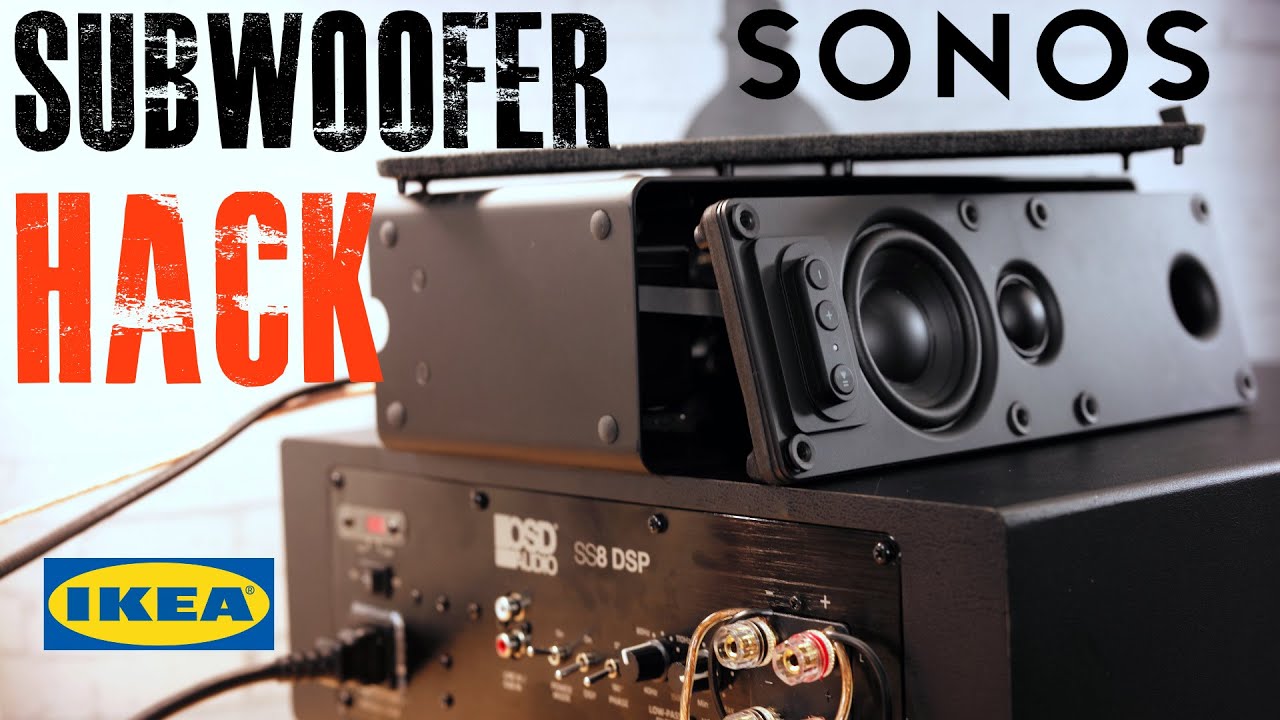Unfortunately no.
But a better one compared to a normal soundbar with Atmos badge stick to the product.
I have heard this at a relative’s house.
It is truly a ground breaking product. It’s key strengths:
-
Simplicity of setup with no need to run surround and atmos speaker wires. That is almost an insurmountable obstacle for all but the most hardcore of enthusiasts. Even if young couple, new home and renovating - chances are very high, almost confirmed that the contractor will screw up the speaker placement with the wiring runs. Sony A9 bypasses all of these pitfalls.
-
The setup and autocalibration is super fast and seamless. Fantastic user interface and experience. Done in a couple minutes without needing to place or move any microphones. This is again a huge obstacle - a fraction of AVR users bother to connect the mic and run calibration, an even smaller subset actually run a good calibration to maximize the setup potential.
What Sony has done is to make a very high level of performance of 5.1.4 immersive HT experience available to the owner, with minimal setup pitfalls. Almost bao jiak. The performance is more than impressive for watching Netflix movies with true immersive height sound field.
IMO, only a small subset of AVR owners with full HT setup, 5.1.4 or 7.1.4 will actually be able to exceed the Sony A9 performance. The required knowledge and experience to setup and calibrate can only be gained by hours reading on forums and visiting fellow enthusiasts setup.
SONY A9 is a great example of leveraging technology and creating a truly exceptional product.
Wow. Nice review
Coming from u, it must be very good.
Did your friend add the Sony subwoofers to his HT-A9?
Haha maybe I oversold its performance with my enthusiasm.
From a purely objective performance, of course the SQ and output cannot compare with a properly calibrated 5.1.4 AVR system using even budget components - bookshelf and subs.
But what it is able to achieve is the surround and atmos sound bubble and sound field for all of its owners, albeit with fidelity and output limited by its components.
Edit: Yes, relative using the larger subwoofer. Output is decent, but in the untreated living room it tended to sound a bit boomy. Also the crossover is set quite high by dedicated HT standards, so the sub output is very often localizable. . Extension wise I would say mid 30s, a bit lacking that 30hz weight where most modern mixes places the LFE weight. Don’t need to talk about 20hz or below.
With my diy hacker background, I wanted it say that it is not difficult to add on additional subwoofers, so may may more sense to buy the smaller Sony wireless subwoofer. One can tap on the subwoofer speaker level signal (this involves opening up the sub, voiding warranty etc). But once subwoofer speaker level connection is available, one can connect additional subs via high level /speaker level connections as a slave to the Sony subwoofer. This is likely best done with a co-located placement with the original Sony sub, or symmetrical equi-distant placement if using a pair…
Hahaha. All this is moot as it is totally out of scope for the target market of the Sony A9. Hehe.
if the speakers are capable of creating a worthy HT bubble sound field (with realistic immersion) given SG house layout speaker placement limitations, my thoughts are similar to yours, it’s already a big win man.
The only limiting factor for consumer to plunge is the price for the HT-A9… $2k+ and it’s without a sub added yet.
The Sonos Arc soundbar, which the sound is very good for a soundbar, and received great reviews, is low 1k+.
I really like this video of how they hack the ikea sonos speaker to add a subwoofer.
I have been thinking from the start that this is the natural upgrade for the Sony HT A9. 1 sub for each of the satellite speakers (the sub can double as part the stand), and add any capable sub to the smaller wireless sub.
The only criteria is that all these subs will need speaker level input.
Wow! Love this hack. Genius!

